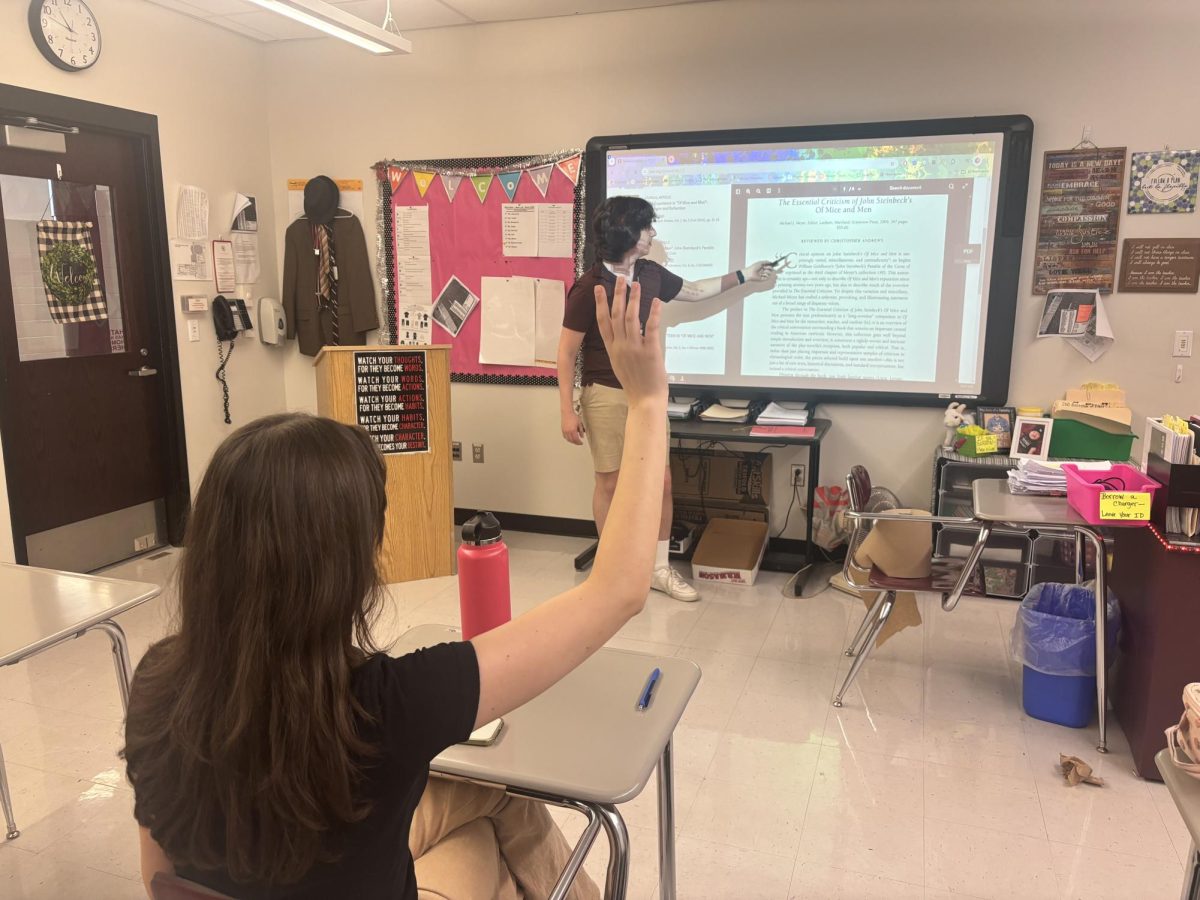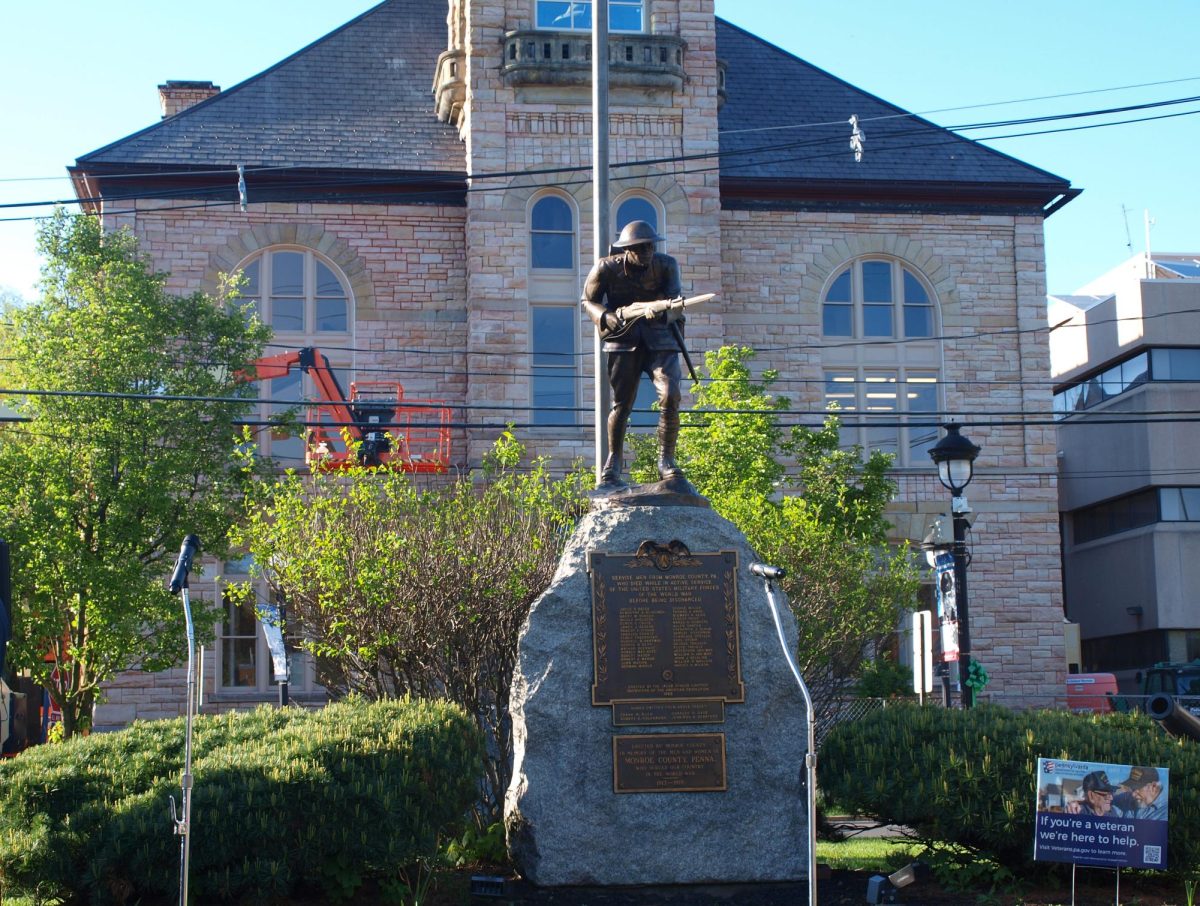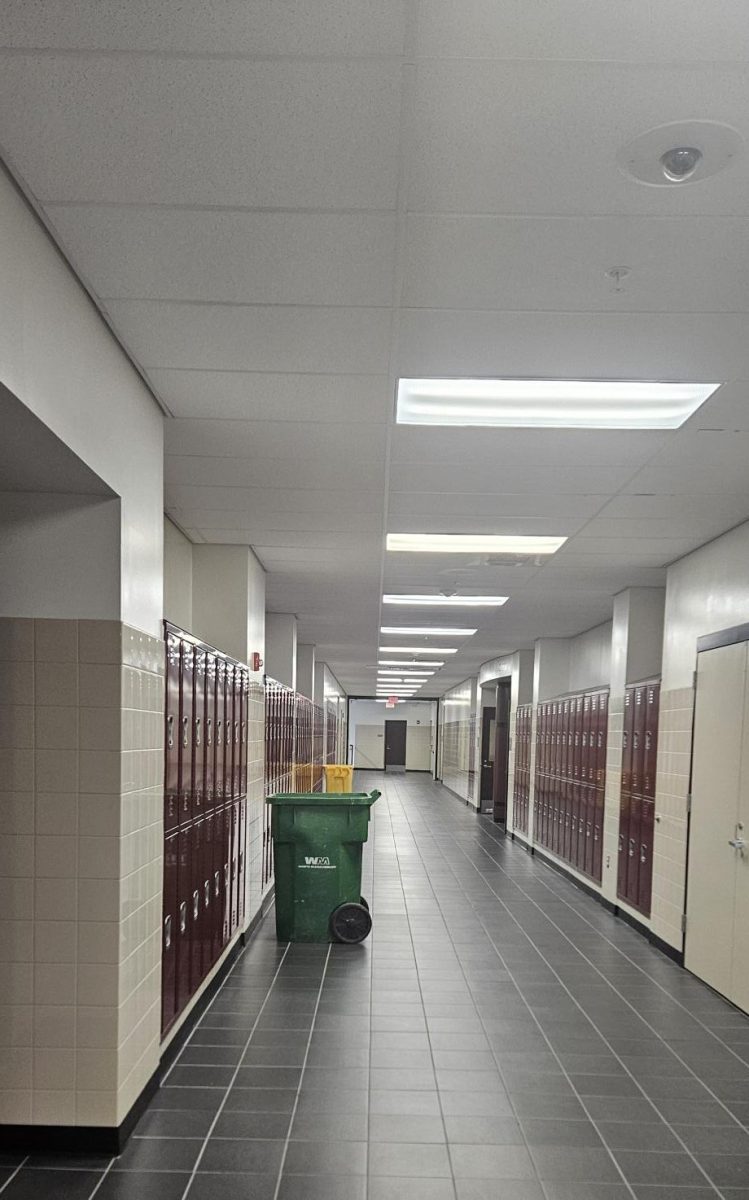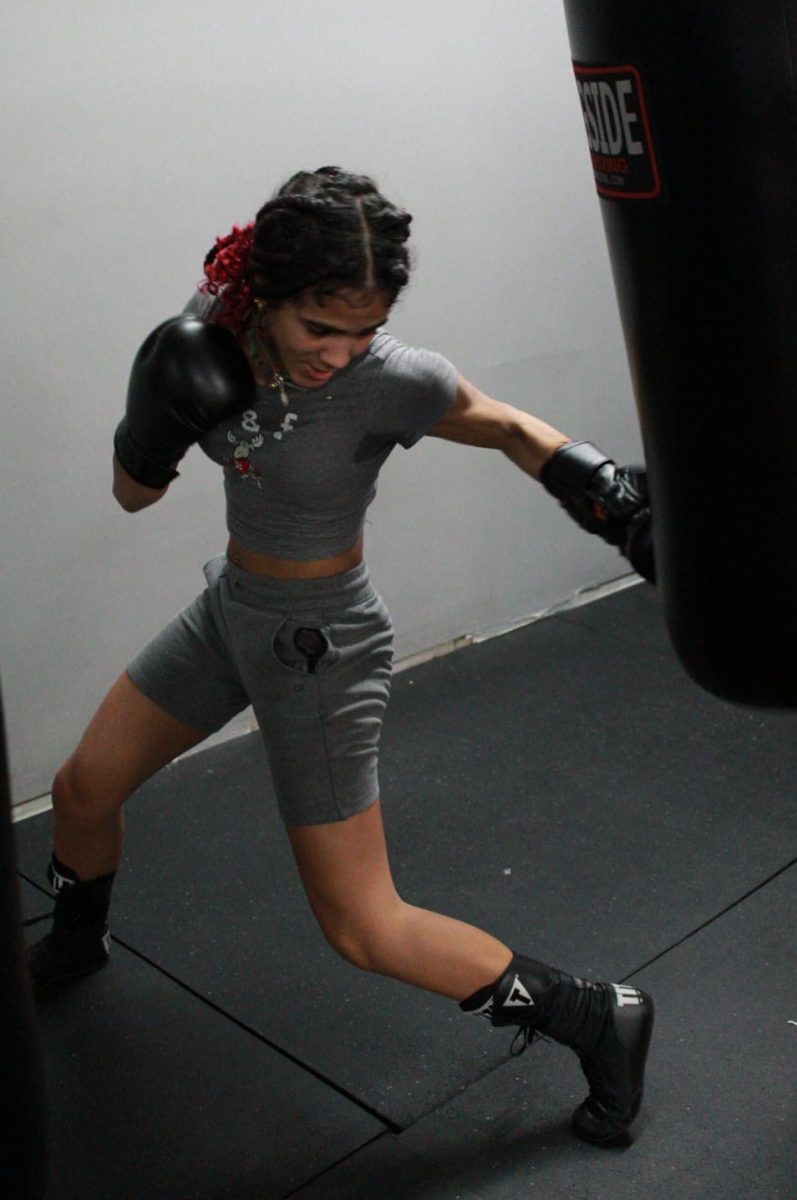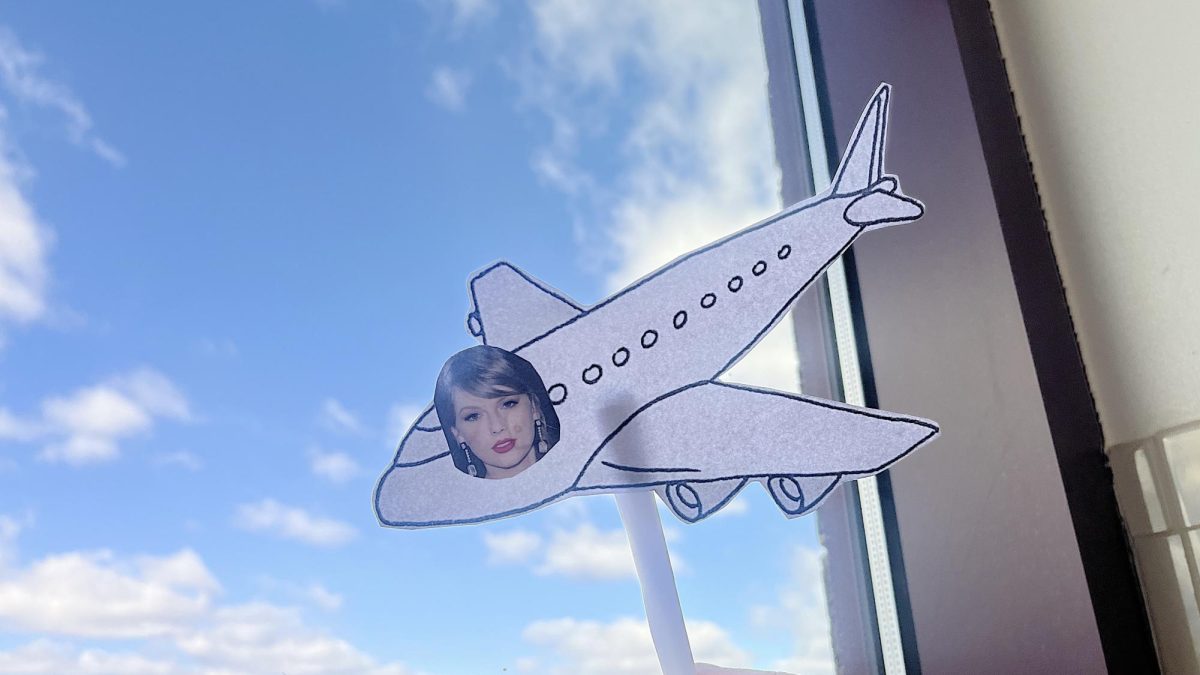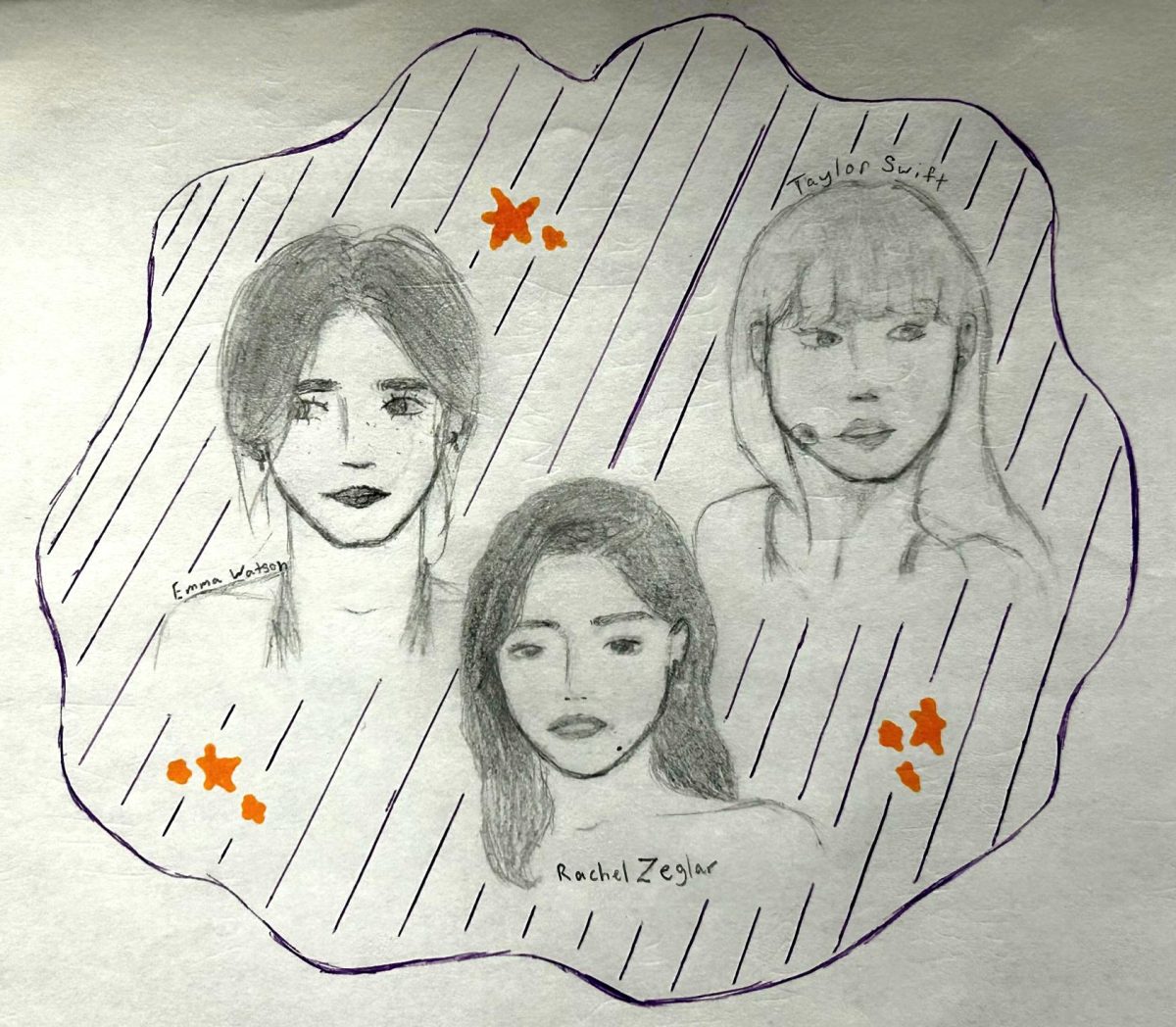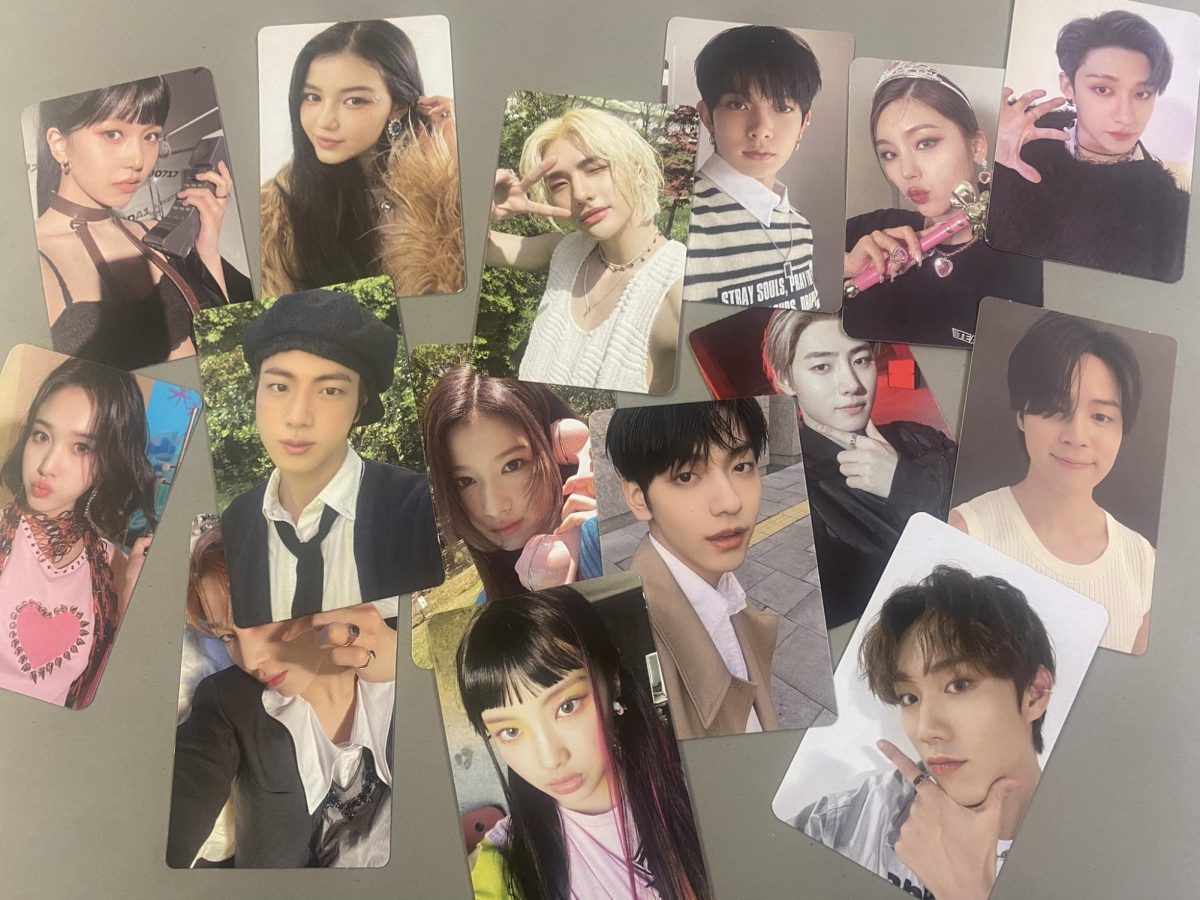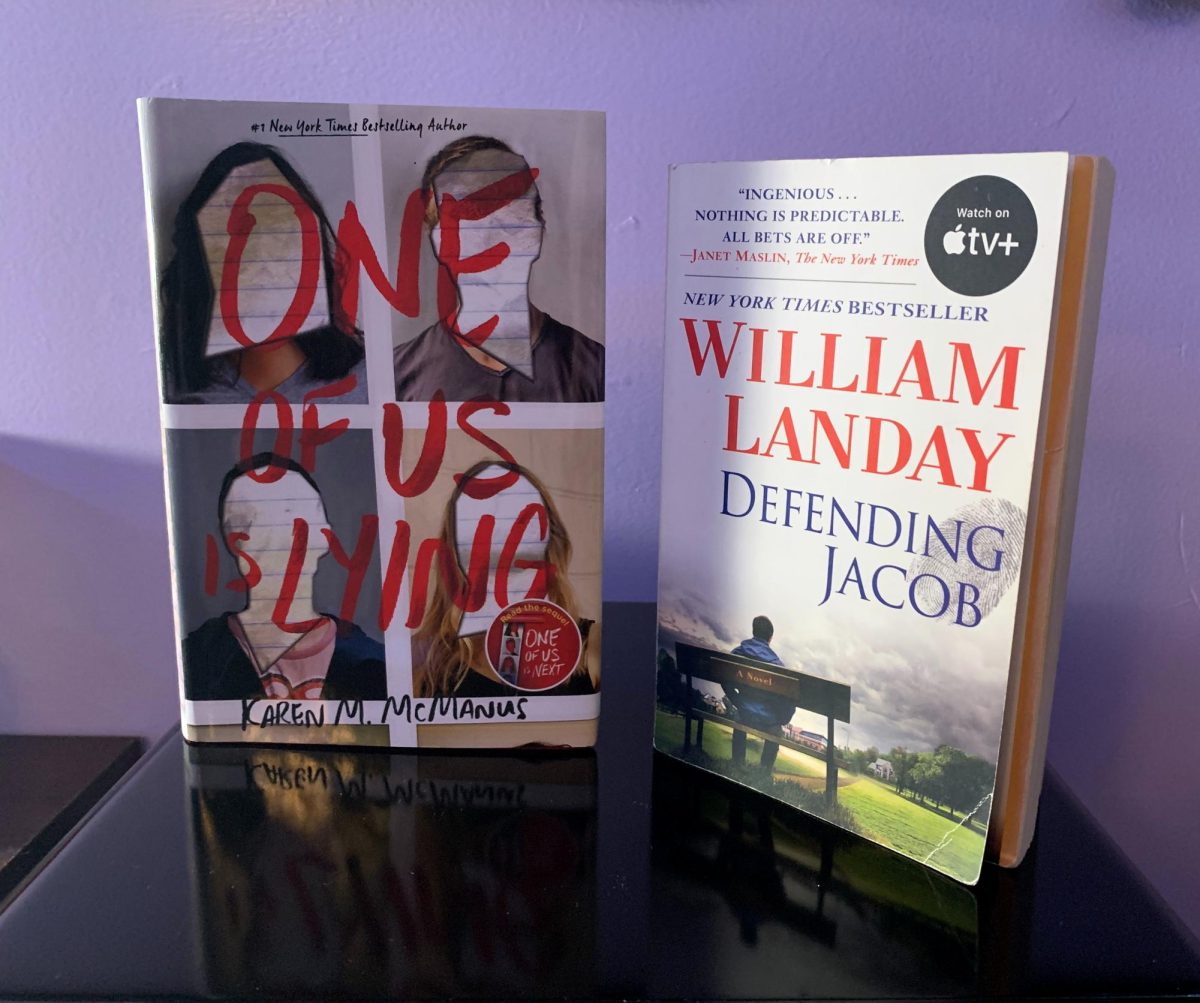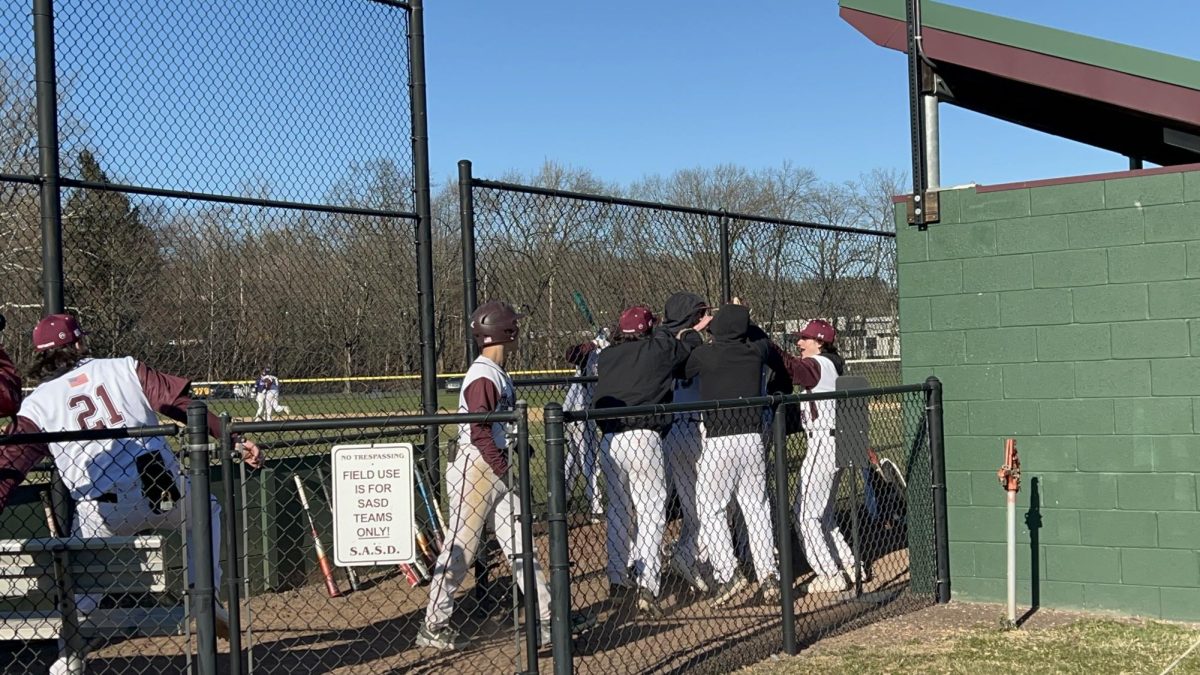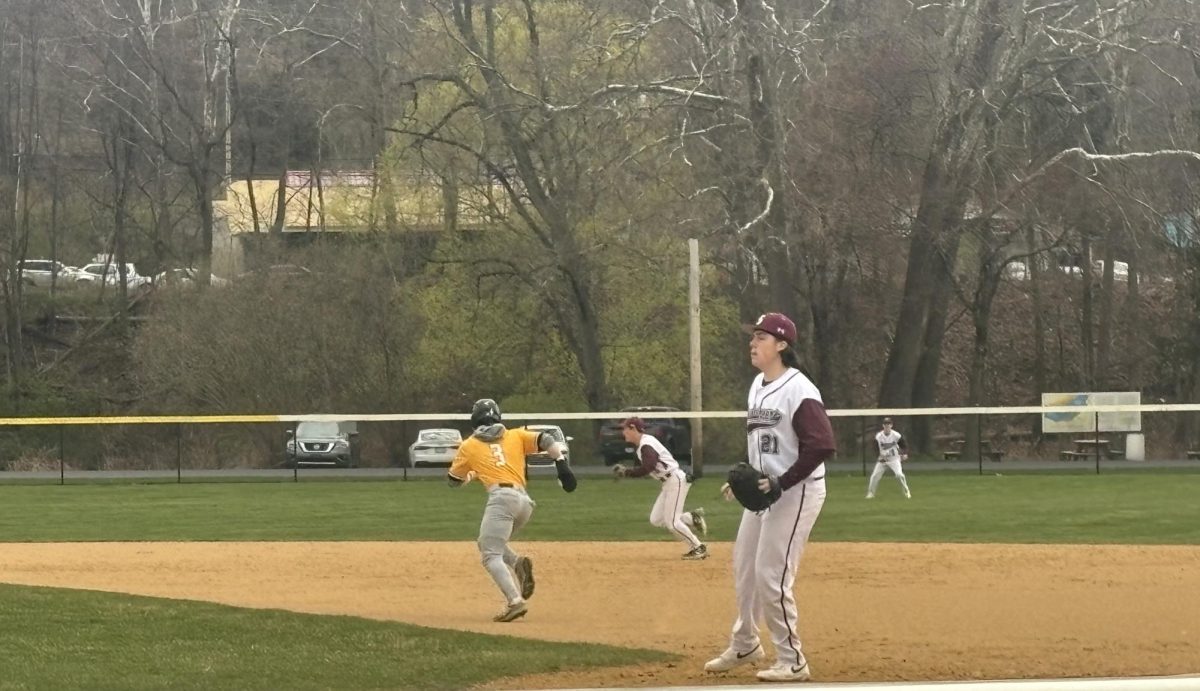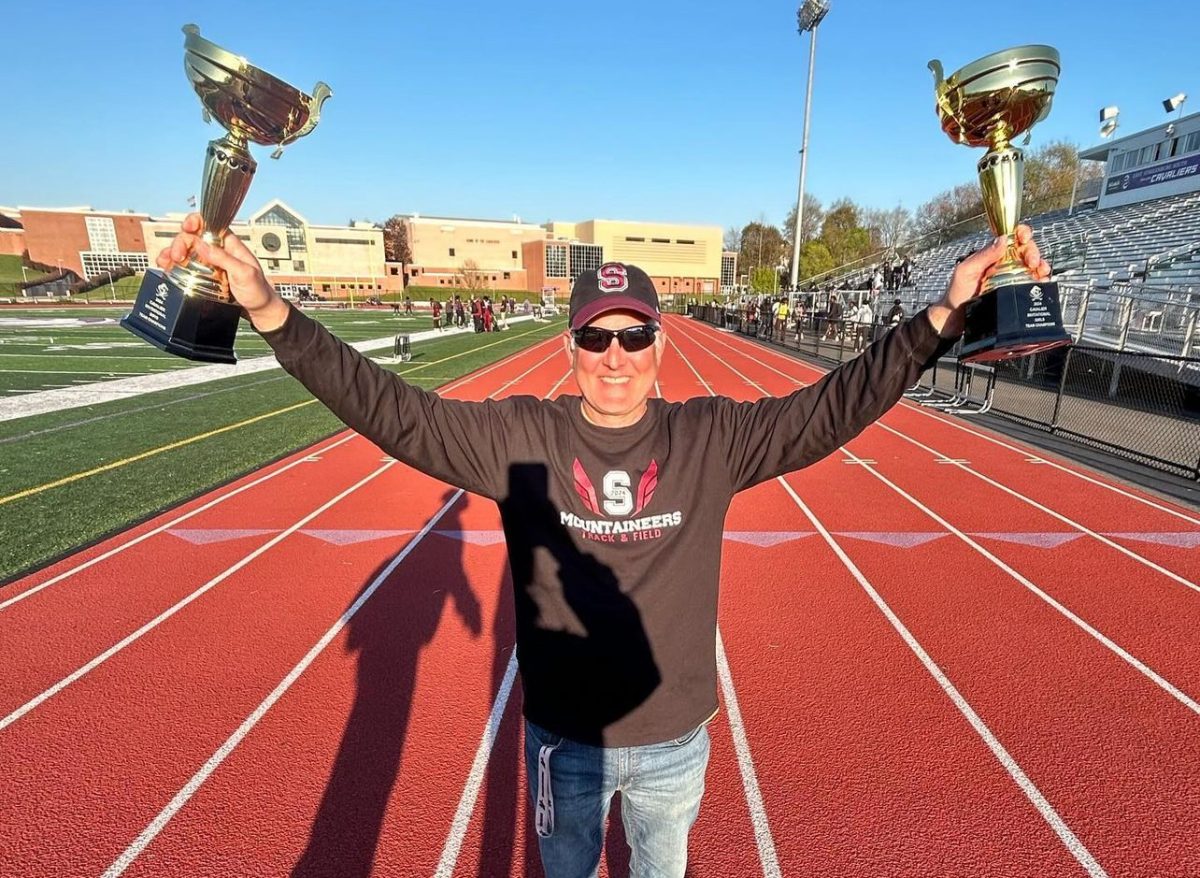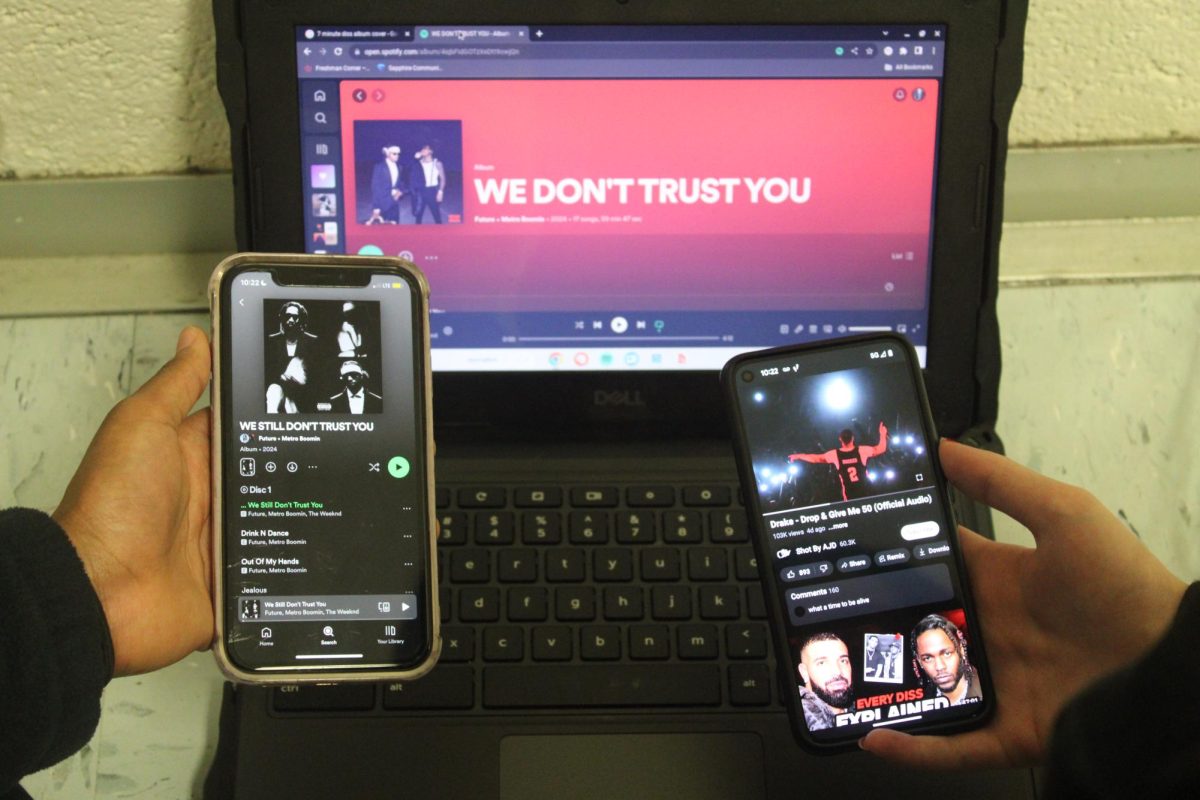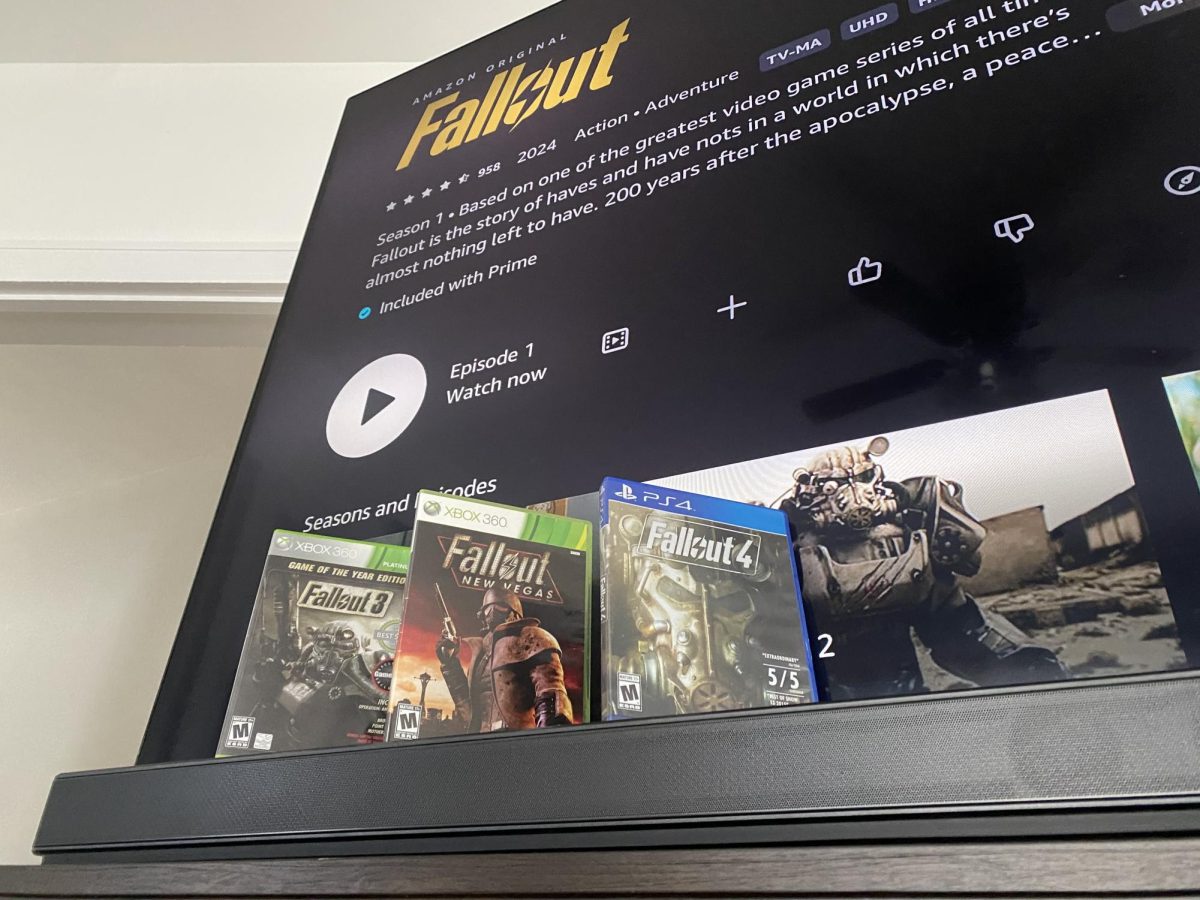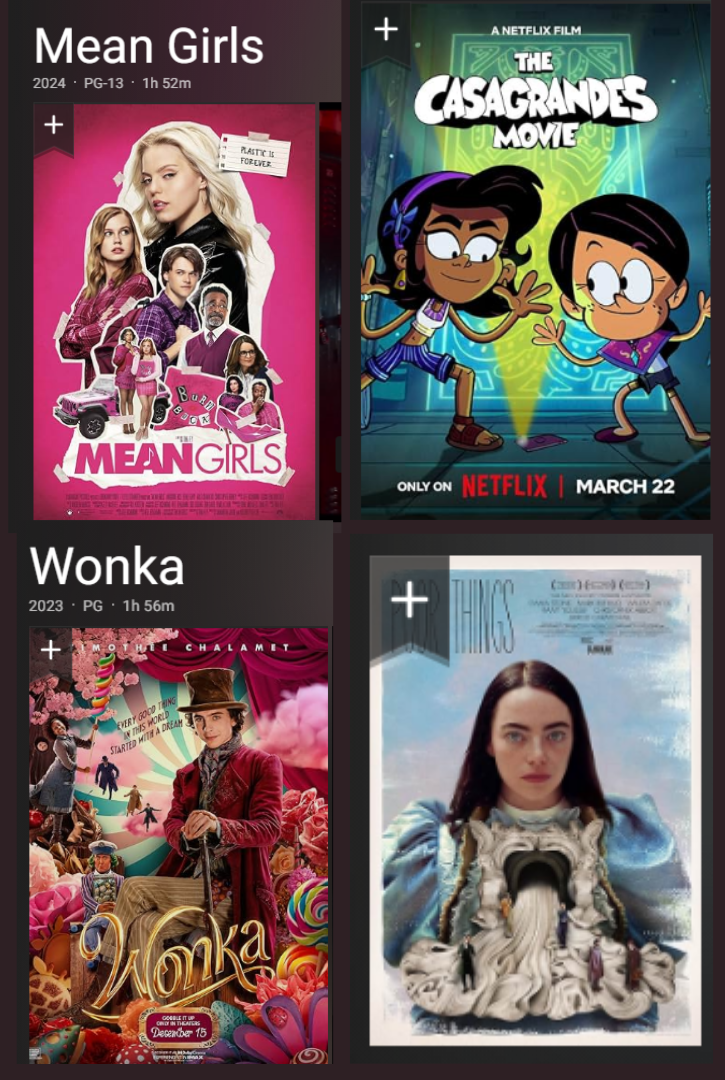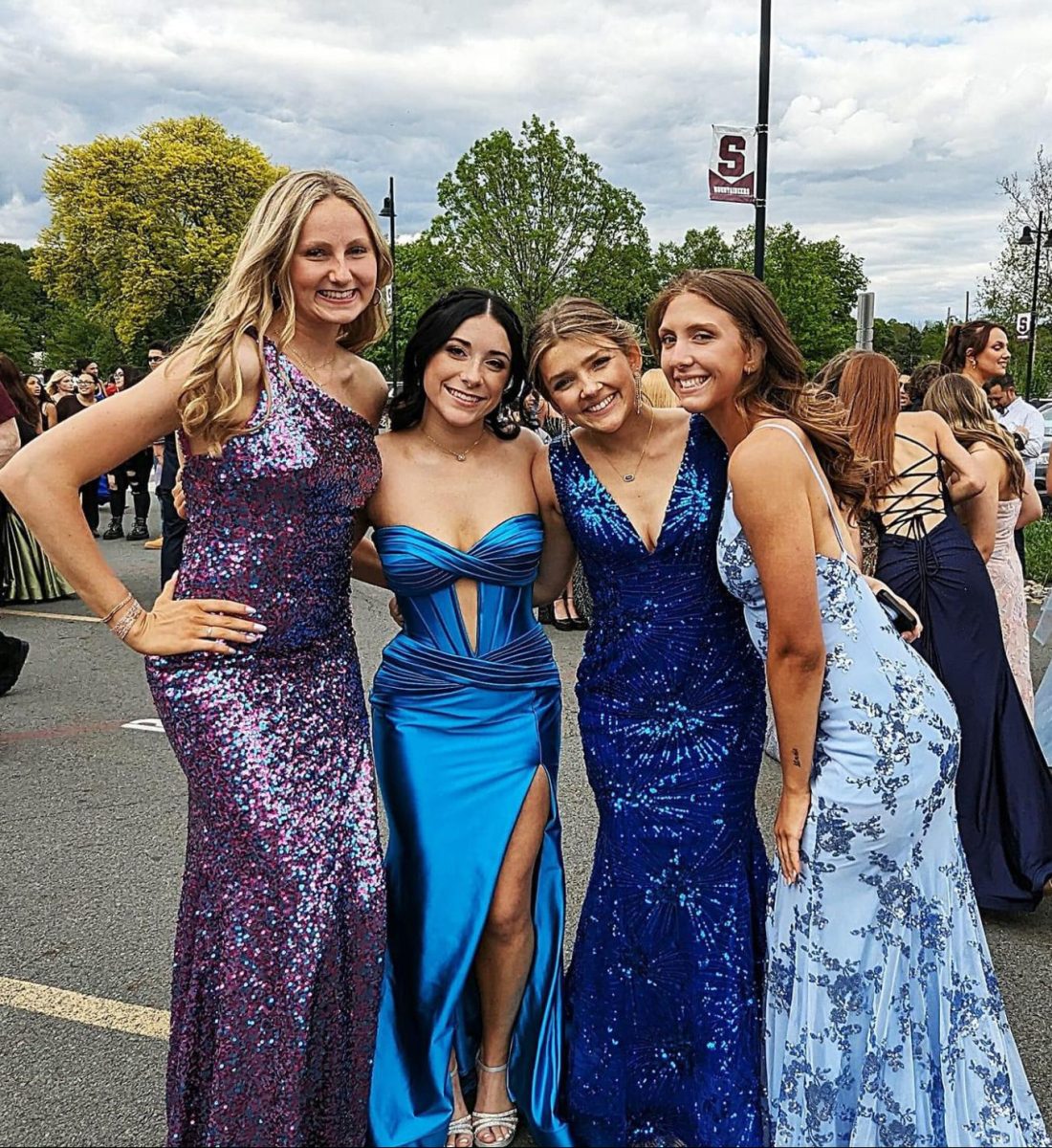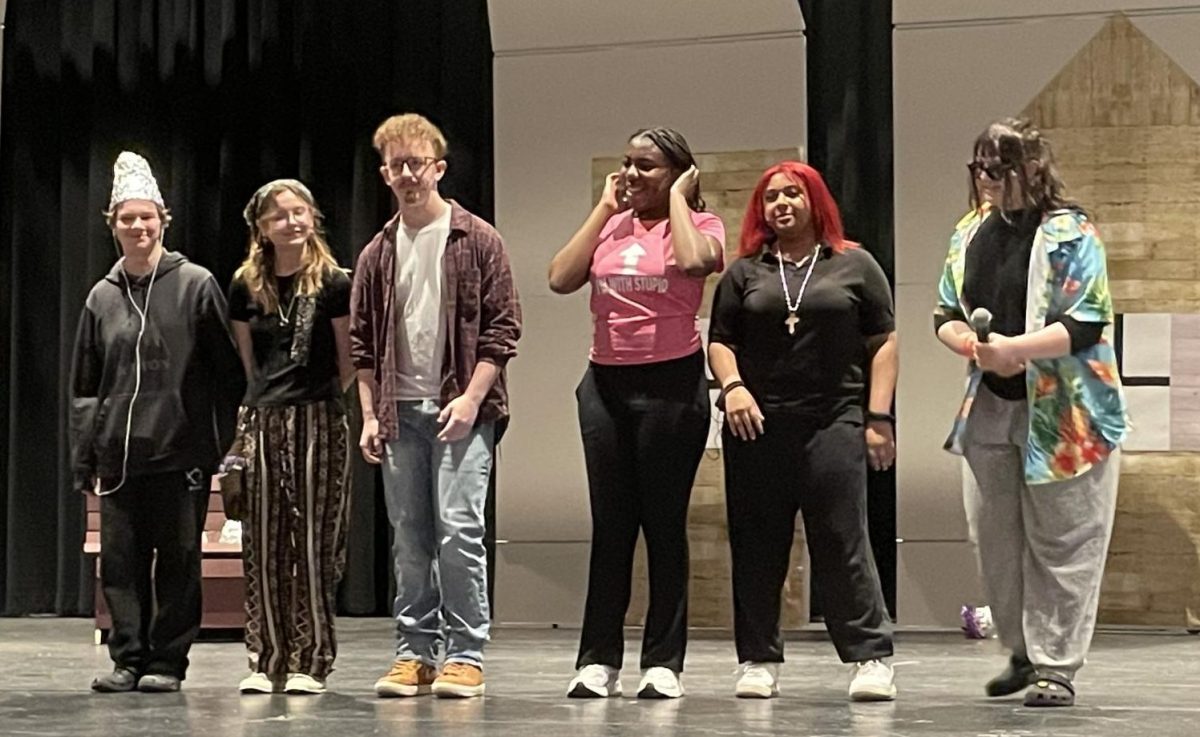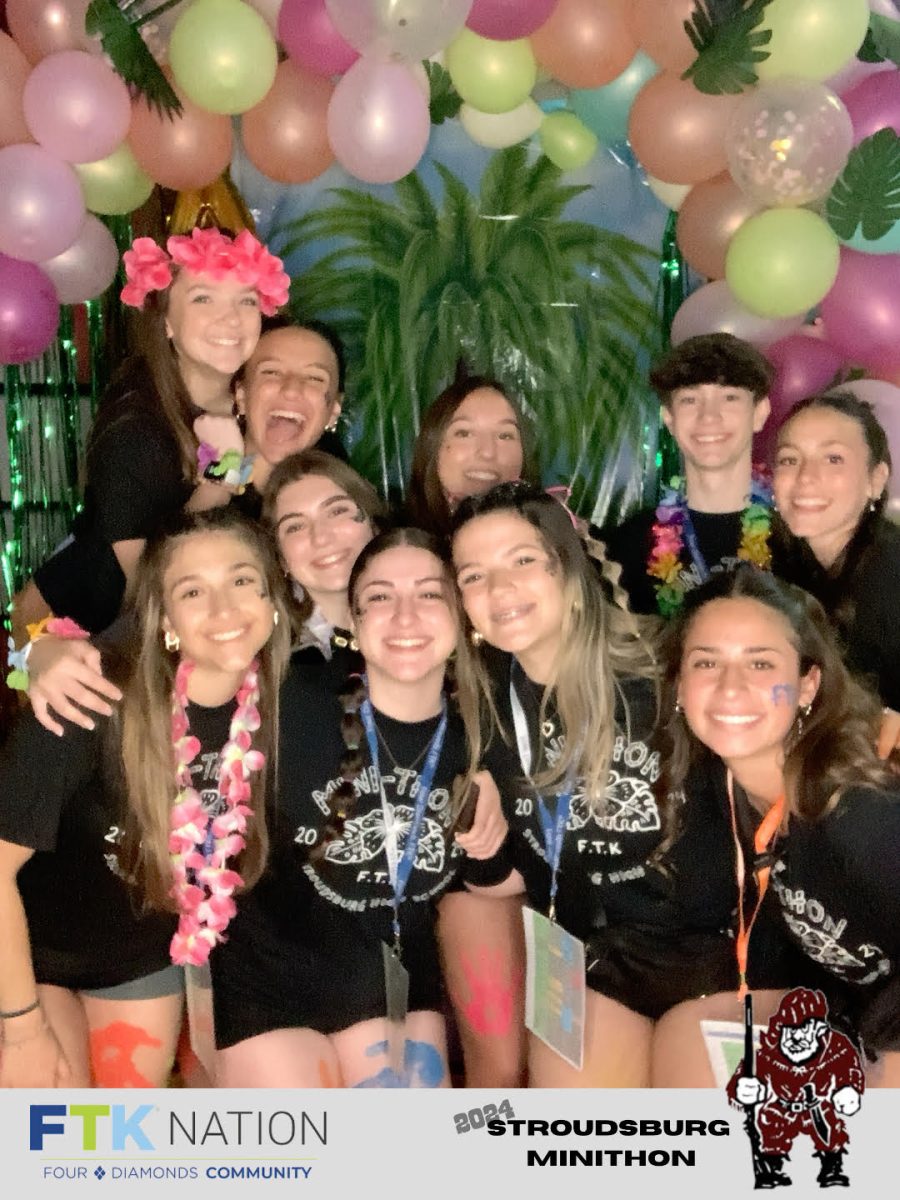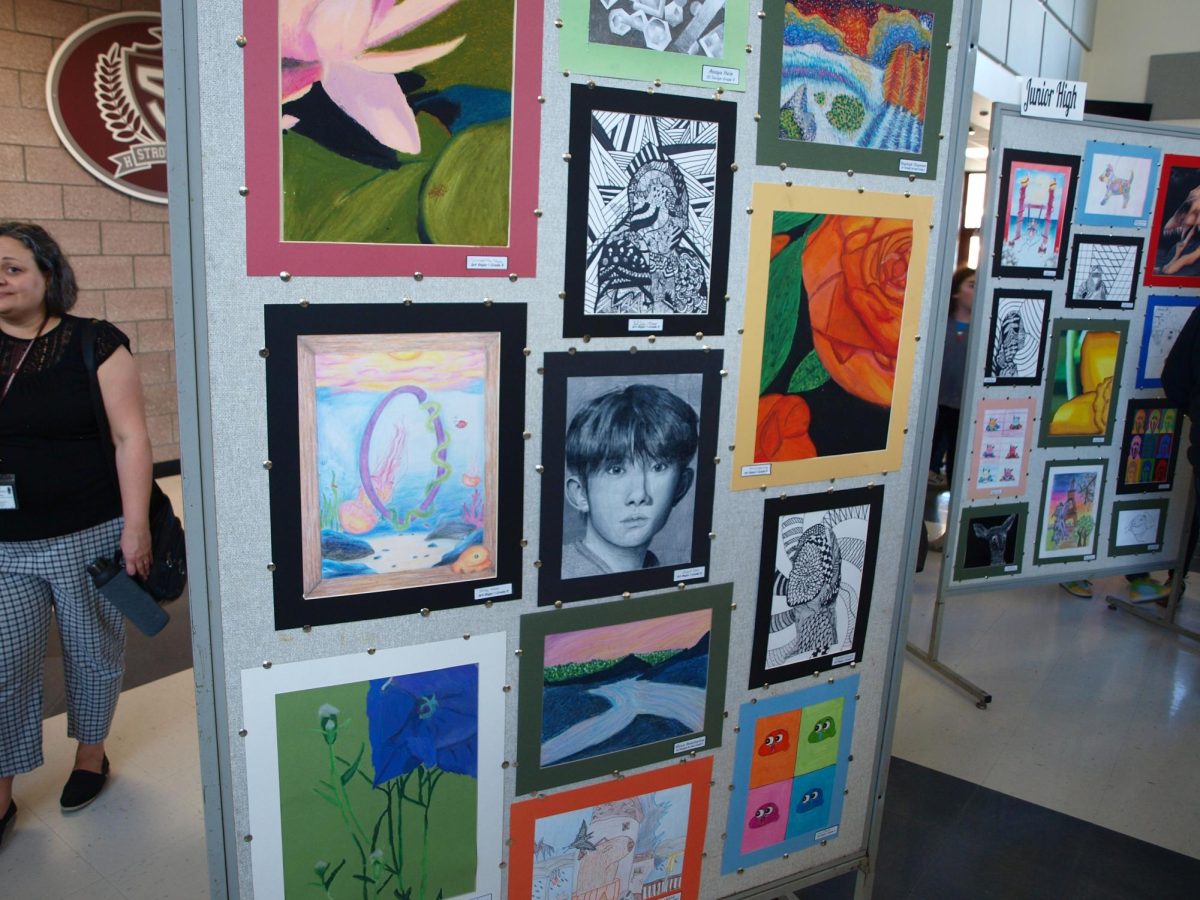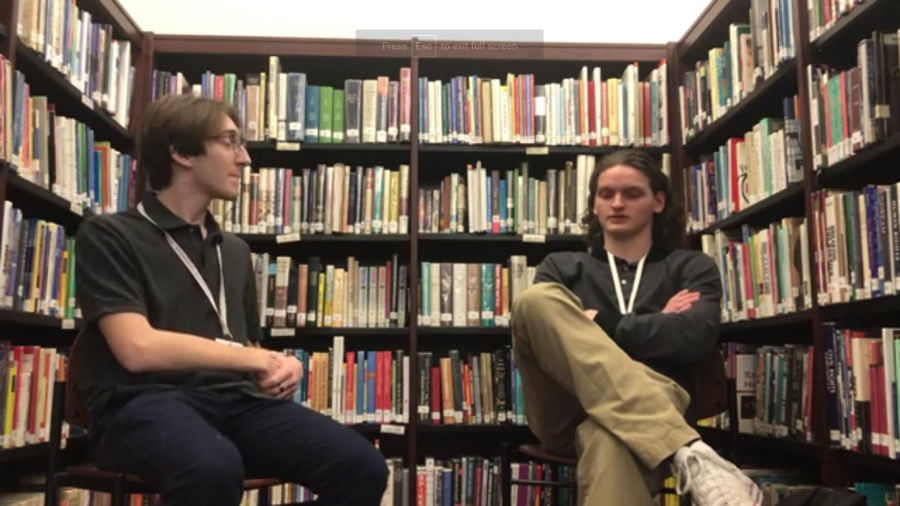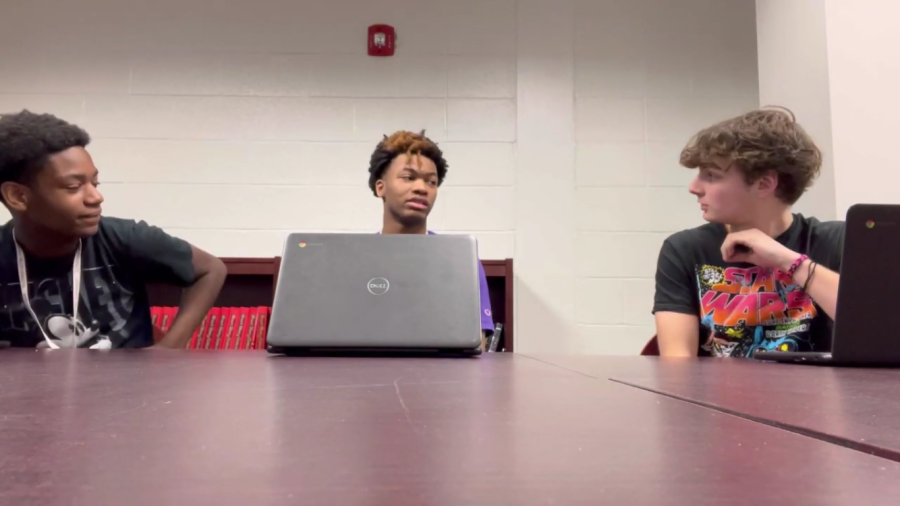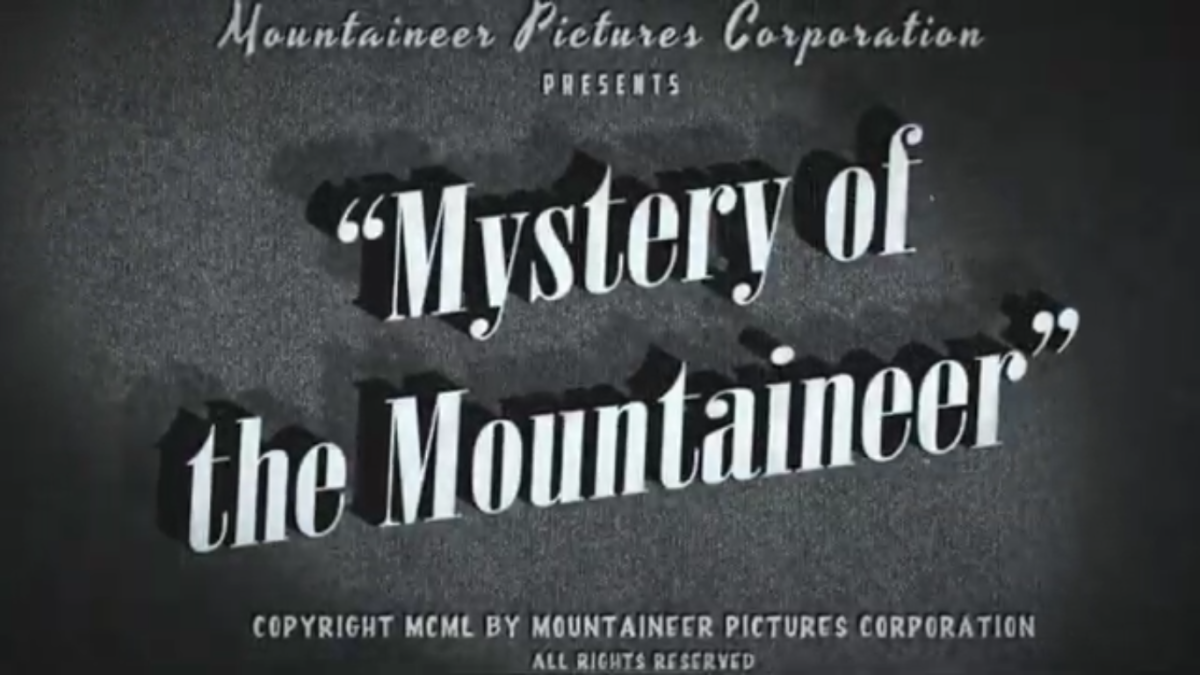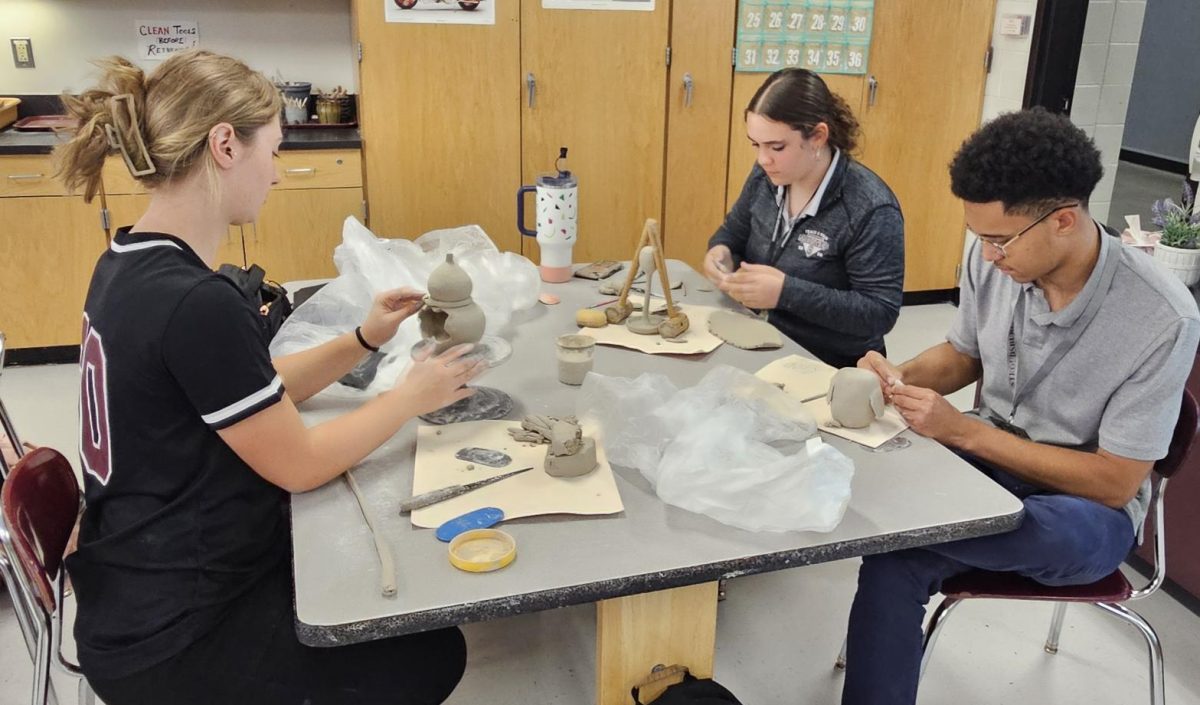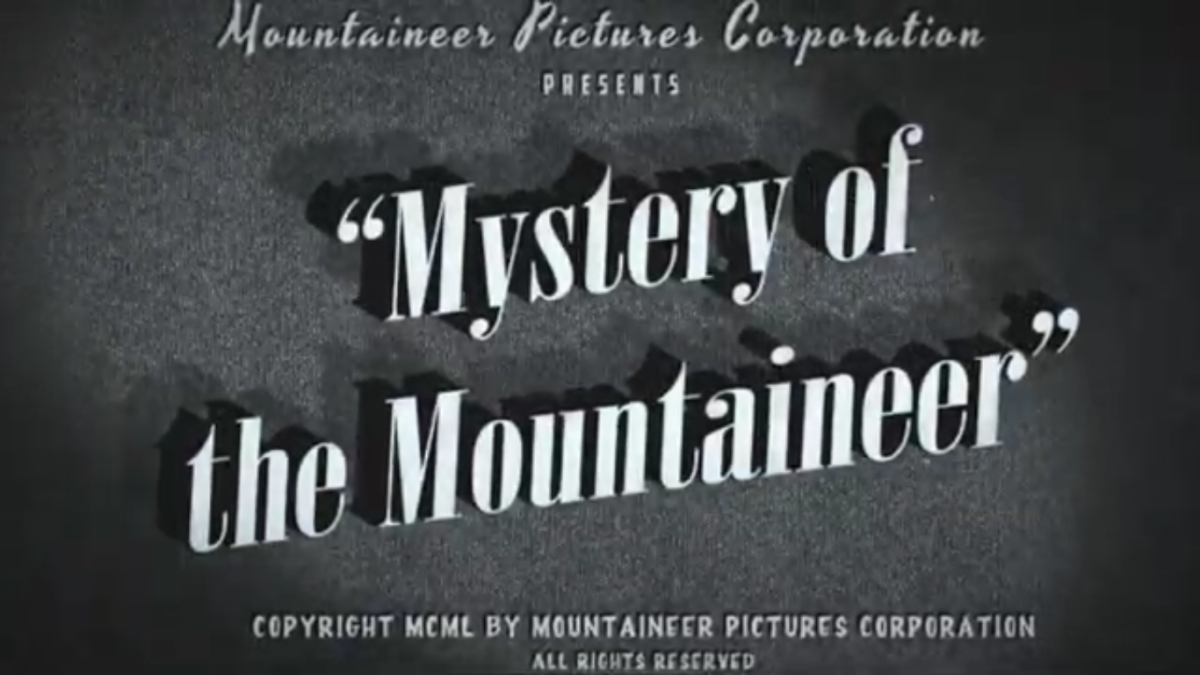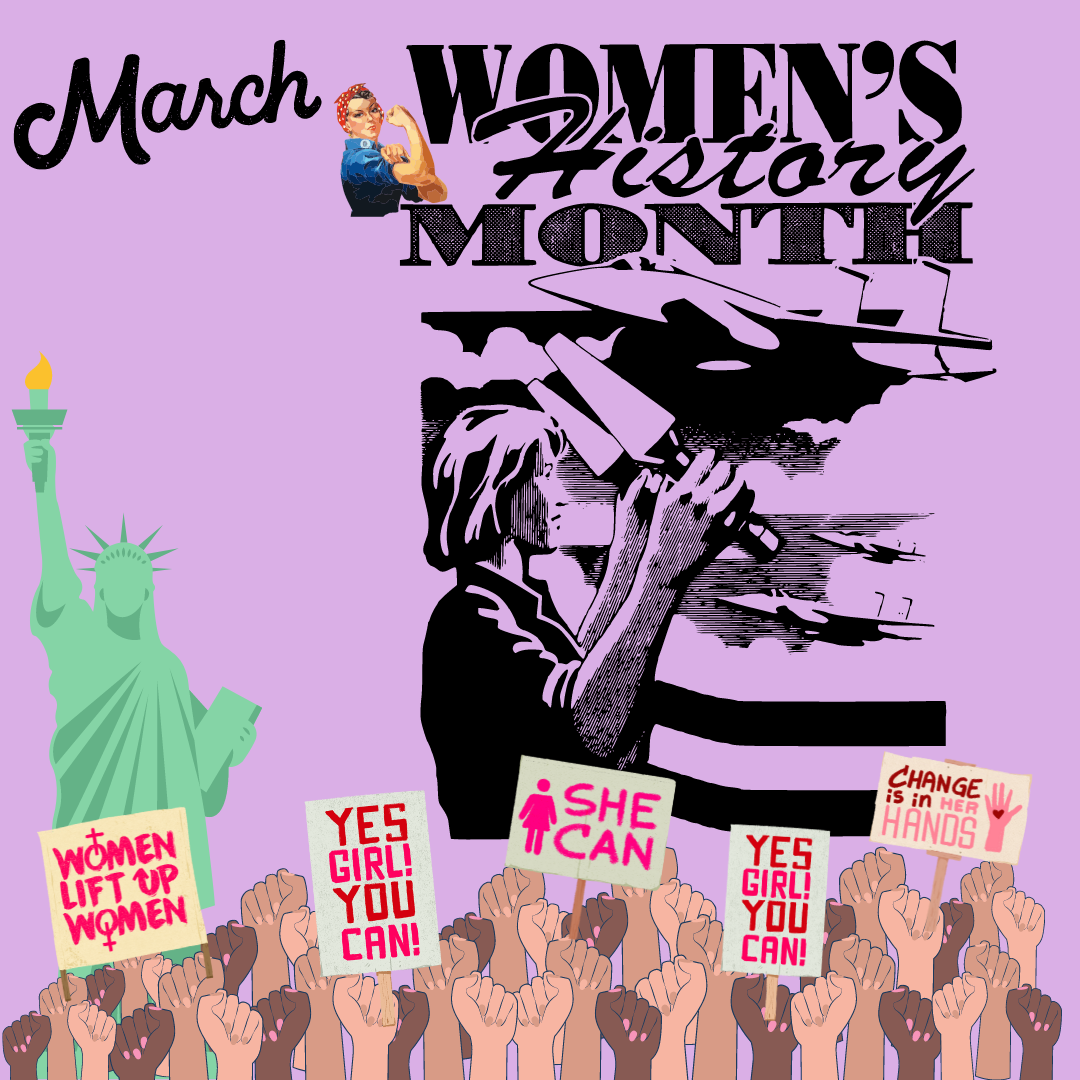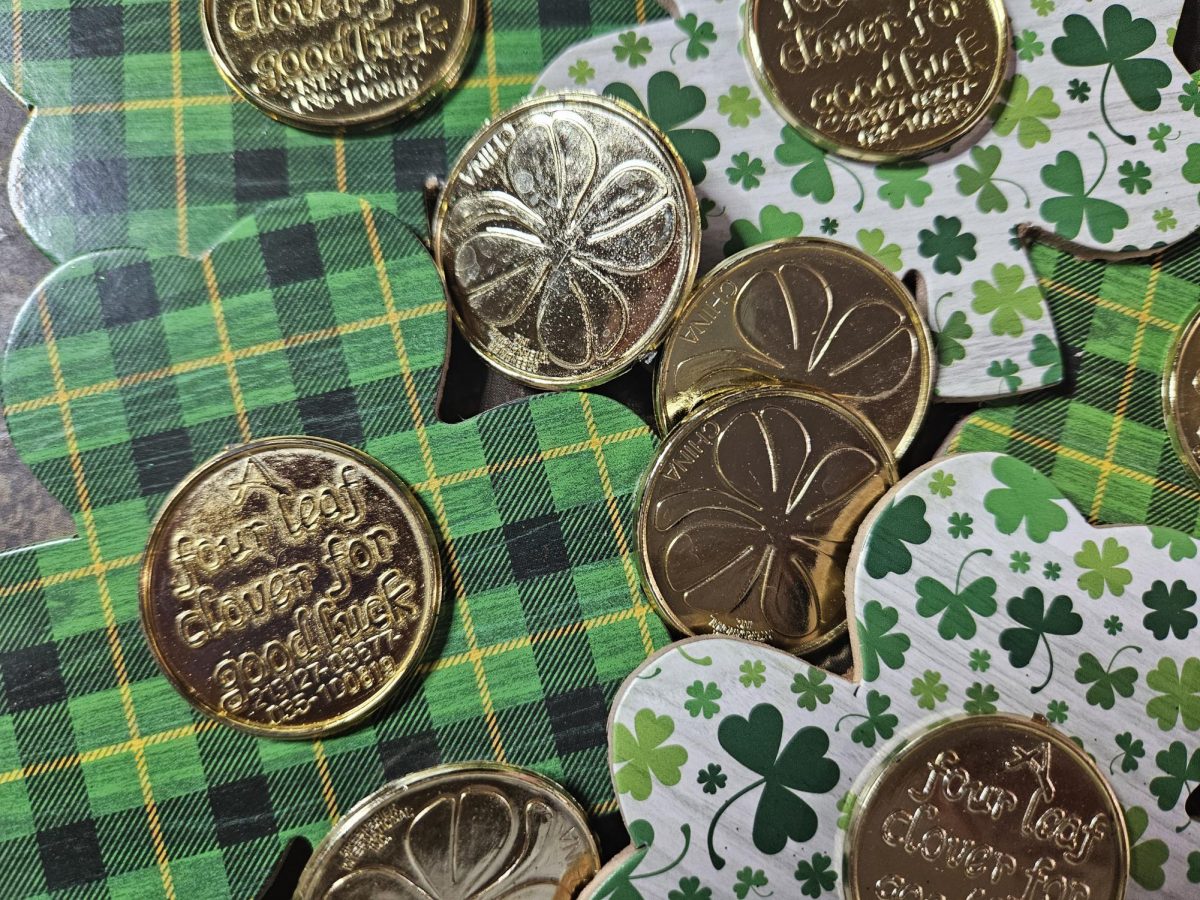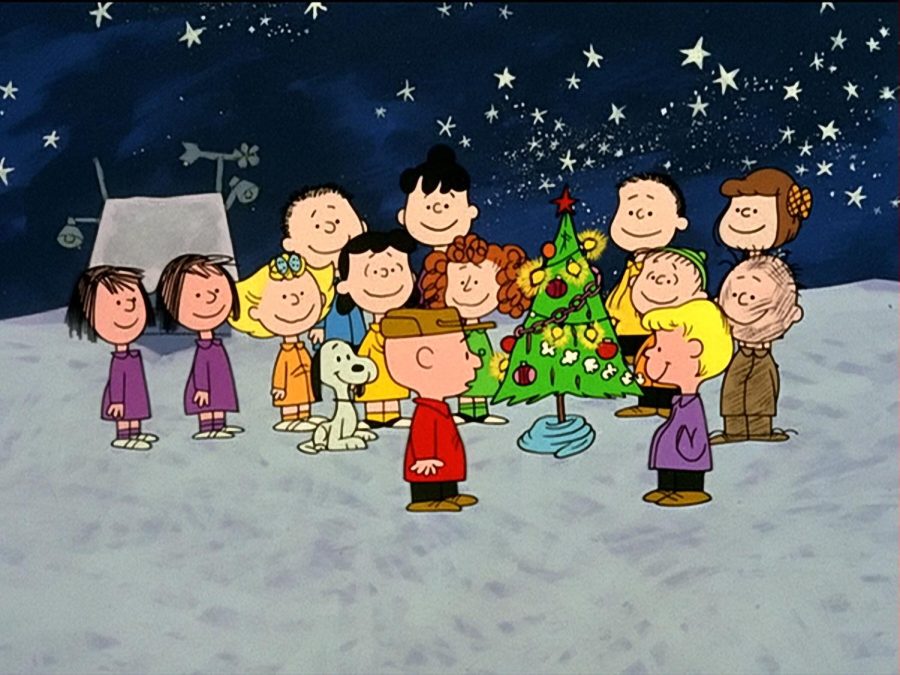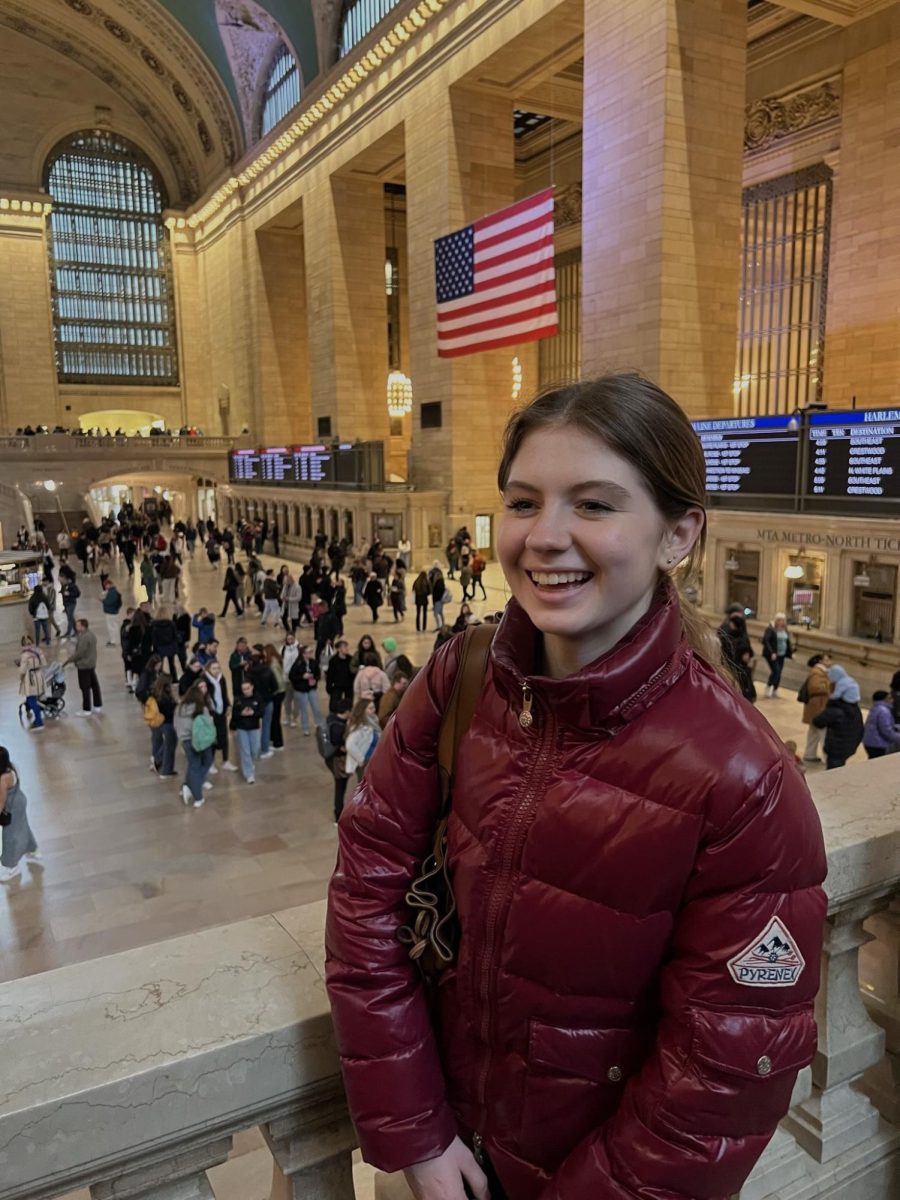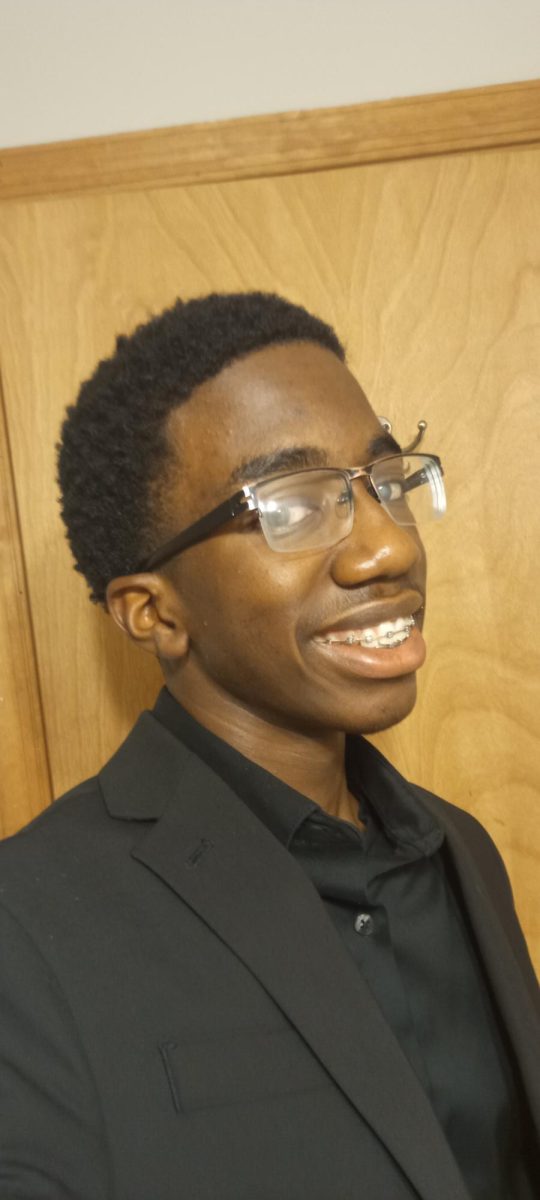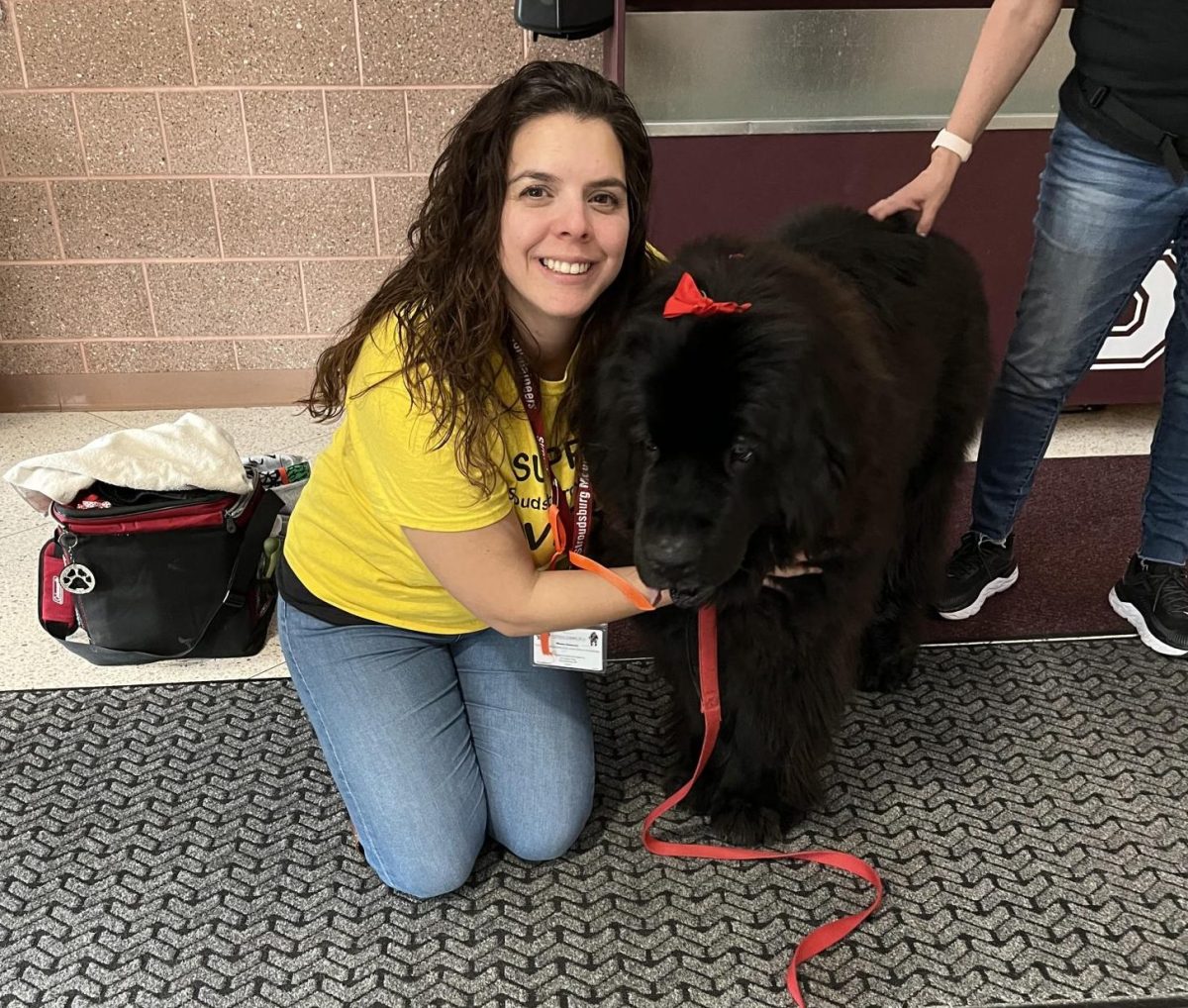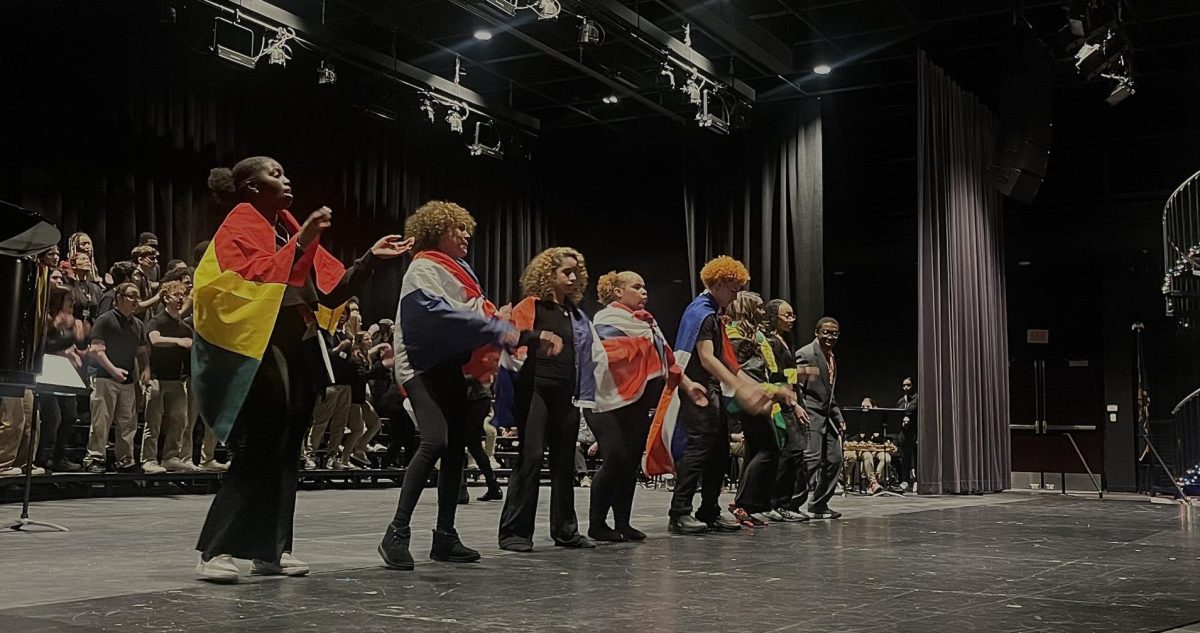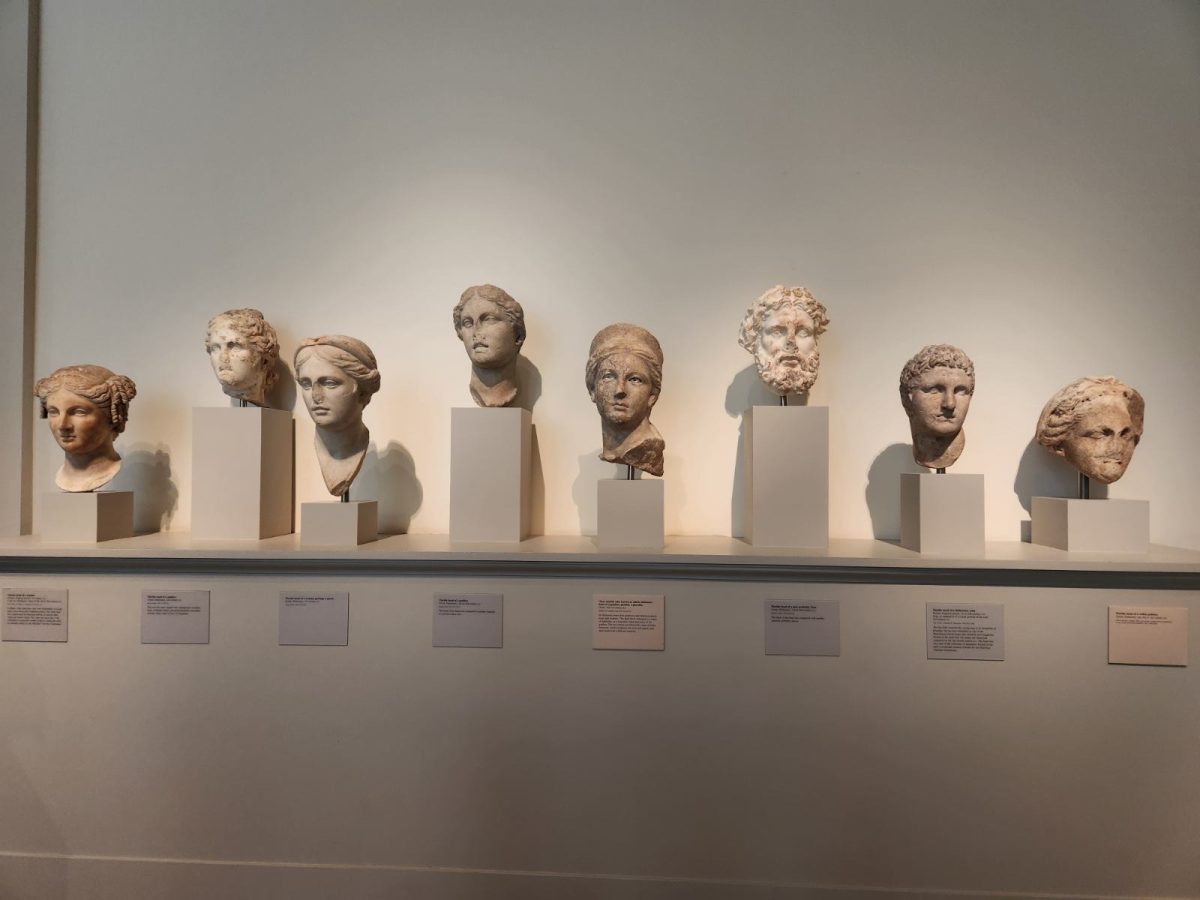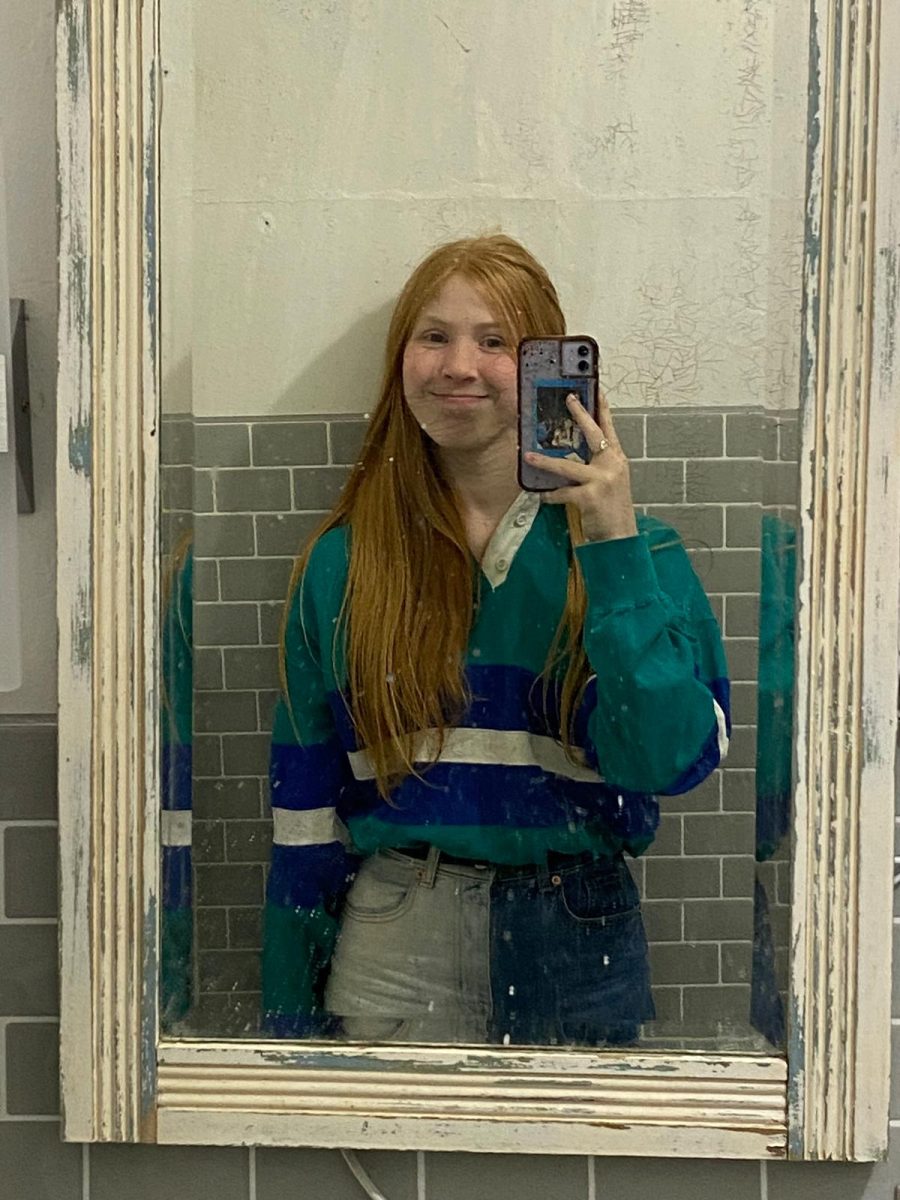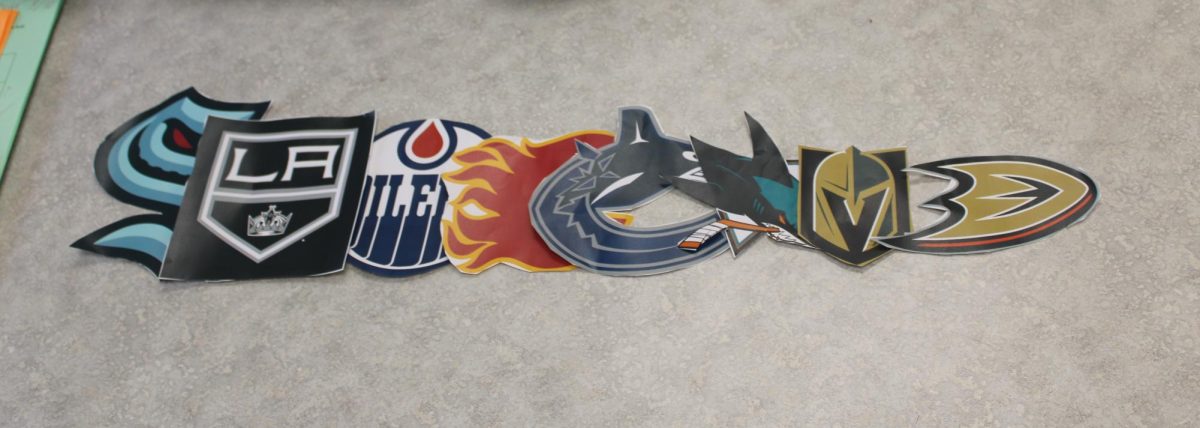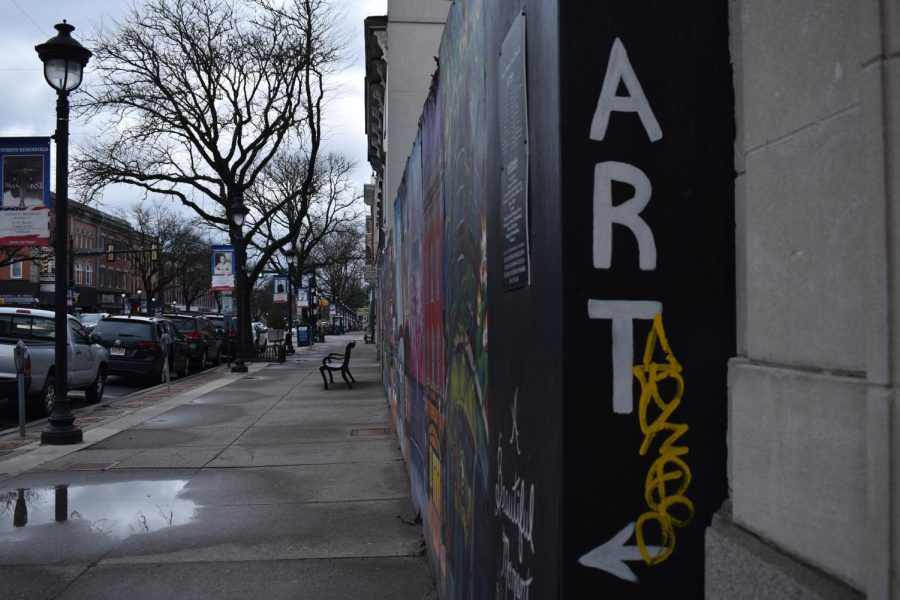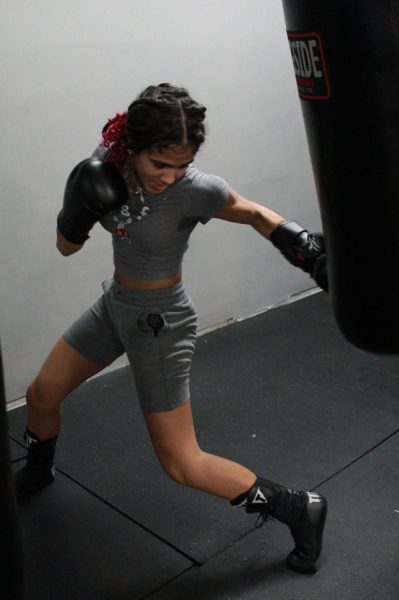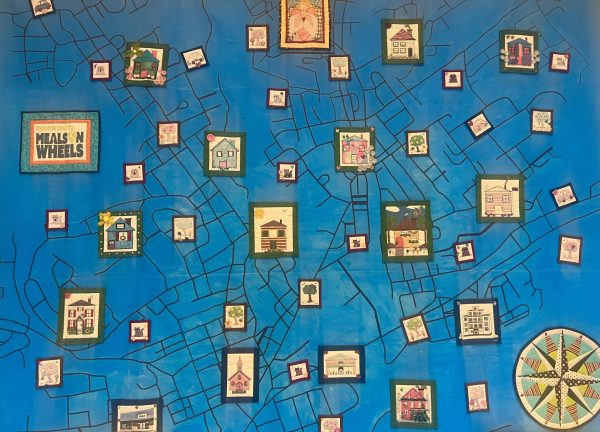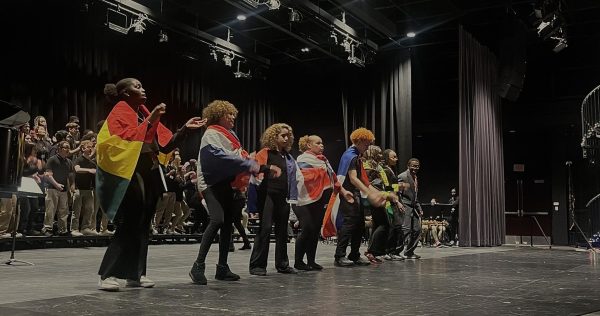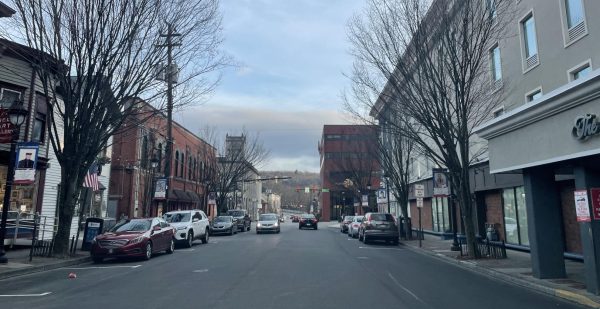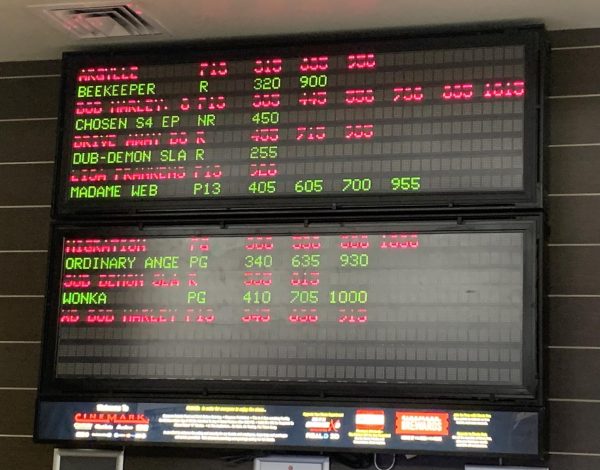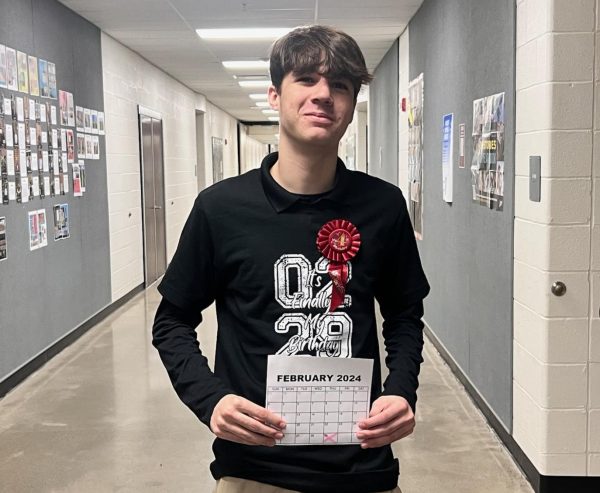Artists color their communities through street art and graffiti art
Artists and art enthusiasts share thoughts on street and graffiti art.
One of the murals created from Project Street Art is located on Main Street in Stroudsburg.
September 15, 2022
From the tallest buildings to the shortest sidewalks, street artists can make art using the massive canvas that is the city. They paint over the world around them to express important messages and bring out the beauty of the natural world.
Street art is formally commissioned work: projects such as murals, statues, and other creations that artists are paid to complete. On the contrary, graffiti is illegally published art that is painted or plastered onto walls or streets without permission.
An important question comes to mind: Is art any less significant or impactful if it is done “illegally?”
Throughout the last 30 years, graffiti artists have started massively successful careers through their vandalism. Keith Haring and Banksy, both graffiti artists, have made a powerful impact on the world of art and expression. Because of this, people tend to look past what these artists have done in order to express their work.
“I definitely do think there is a line that artists cross,” said senior Aliza Askari. “I’ll see when I’m in New York, there is graffiti art on not just walls, but on mailboxes. I don’t think it’s a big deal, but at the same time if you haven’t got permission, I just don’t think it’s right.”
There is a tendency to think of graffiti as just that: the destruction of property without purpose or permission.
Some graffiti artists spray their names above a freeway while others, like Banksy and Harring, try to spread global messages. Both types of artists attempt to get their voice out to the world in a way that they feel they can be heard.
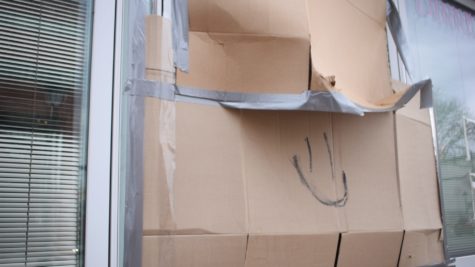
“He [Keith Haring] would get arrested and the police would ask for his autograph in the police station,” said SHS art teacher Ms. Sarah Cepin. “They love him, but they are arresting him because it is the right thing to do.”
Haring’s graffiti represented many themes about HIV/AIDS awareness, segregation, and the topic of diversity. He was suffering from AIDS himself and didn’t have time to wait around for someone to buy his art.
Haring’s only outlet was through his vandalism if he actually wanted his voice to be heard and his work to be seen.
Through New York City, Haring sprayed images of his iconic human-like figures. Best Buddies and Barking Dog are some of his most well-known artwork.
His quirky “pop-art” style is unique to him in that his face-less, colorful people could be identified by almost anyone.
Although it was illegal, it made such a big impact on the world of art that his work is now hanging in museums.
“Kids know him without even knowing him,” said Cepin. “Is graffiti just going up and spraying your name and gang symbol on the wall, or is it something you are actually doing to get a message out?”
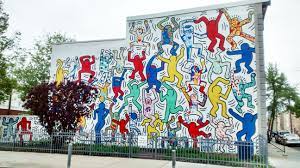
Cepin is the current leader of the One Roof, Many Faces project at Stroudsburg High School, which uses the platform, The Inside Out Project, to celebrate diversity.
The massive movement is being used to help spread diversity and awareness and has been used in protests for peace.
“Look at the murals going into Main Street, they’re beautiful,” Cepin said. “You are taking something that is possibly falling apart and getting approval to spread your message.”
The murals in reference are the result of Project Street Art.
Project Street Art was created by Mr. Shane Izykowski in 2014. Izykowski wanted to create 10 murals all over Stroudsburg and East Stroudsburg. His plan was to gather artists from all over the area to leave their mark.
The goal of this project was to bring the city closer and to have stores, shops, and artists leave their mark on their hometowns.
Street art can bring communities together as it does with projects like the Inside Out project or a mural. Communities of all different backgrounds, religions, races, and cultures can come together to make a part of their city look more personalized.
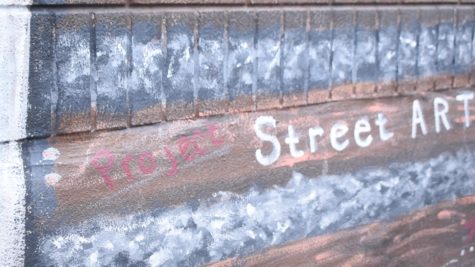
“If it helps someone find who they are, I guess you can be considered an artist,” said Askari. “I don’t think your art has to be pleasing to everyone. If it’s just pleasing to you, if it’s something that helps you, I think you can be considered an artist.”
The line between vandalism and graffiti “art” is very blurred. Legally speaking, anything that is sprayed onto a wall without permission is illegal, but there is a level of appeal that comes with the edginess of a graffiti artist’s passion.
“Most people view it as art in creation, but there is also art in destruction,” said senior Emilia Halas. “It is not like you are destroying the surface, but you are changing it forever. There is beauty in destruction.”
In order to stand out, some artists believe they must act unconventionally in order to express themselves.
The definition of art varies in many ways. What might be beautiful to one person, may not be as beautiful to another. Artists, whether they display street art or graffiti art, leave their mark on the world.


